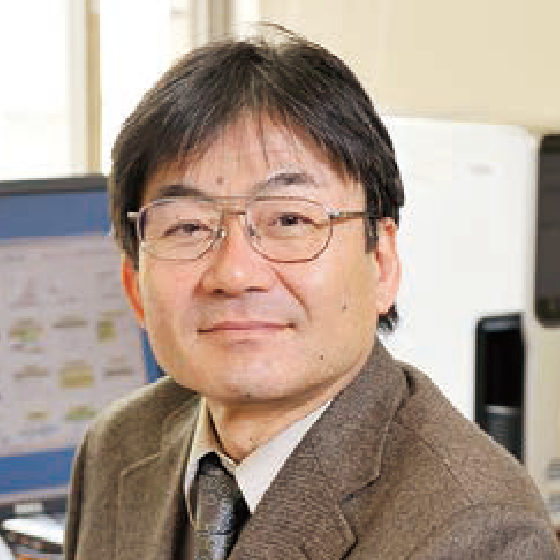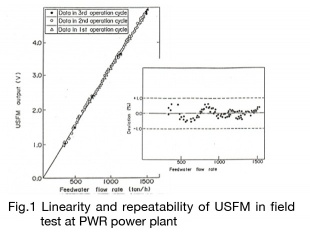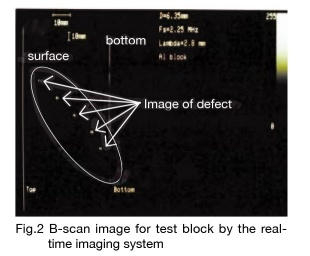- Home
- Faculty Members
- Department of Applied Nuclear Technology
- Yoshihiko Ozaki
Faculty of Engineering
Department of Applied Nuclear Technology
- Key words
- Nuclear reactor instrumentation/diagnosis, Ultrasonic measurement/imaging, Human-machine systems, and Energy management systems

Doctor of Engineering / Professor
Yoshihiko Ozaki
Education
Department of Nuclear Engineering, the University of Tokyo
Professional Background
Joined Mitsubishi Electric Corp., Chief of Energy Research Department of Central Research Laboratory, Manager of Power & Public Utility System Department of Industrial & System Laboratory, Manager of Power & Energy System Department of Advanced Technology R&D Center, Chief Engineer of Advanced Technology R&D Center/
IEEJ Promotion Award (Progress) (2008)
Consultations, Lectures, and Collaborative Research Themes
Technical consultations on ultrasound-based measurements (e.g., flow rate measurements, visualization using holographic technology, and so on)
Lectures on nuclear power generation, nuclear power and environmental issues, and so on
Main research themes and their characteristics
「Method for Measuring Feedwater Flow Rate Using Ultrasonic Technique in PWR Power Plant」
At present, differential pressure type flowmeters are widely used in feedwater systems of PWR plants. In these flowmeters, however, scales gradually deposit at the nozzle throat during the plant operation, causing the apparent flow rate to increase and consequently becoming a serious problem for efficient plant operations. Therefore, a new type of ultrasonic flowmeter (USFM) having good stability and free of the above phenomenon has been developed.
A method to compensate for the effect of dependency of sound velocity on water temperature and pressure corresponding to PWR feedwater conditions was contrived. The validity of the method was confirmed in an experiment for investigating the sound velocity dependency in practice. The performance of the USFM was also examined using a water loop in various flow conditions with satisfactory results. After the basic studies, finally, the USFM was tested in an actual PWR feedwater system for almost 3 yr. The USFM met all the required characteristics for PWR feedwater systems, those being linearity, accuracy and stability.
「A New System for Real-Time Synthetic Aperture Ultrasonic Imaging」
The synthetic aperture imaging technique has recently become popular in the field of non-destructive testing (NDT), but its image reconstruction process takes a time too long to be applied practically. We have developed a real-time ultrasonic imaging system based on the synthetic aperture focusing technique (SAFT). The system provides a cross-sectional image as a picture-scroll of an object.
Computer simulation was conducted to study effects of various essential parameters for the system, such as directivity of ultrasonic transducer, temporal or spatial sampling period etc., on the resulting image and the resolution. Also, the relation between the lateral length of object and the point spread function (PSF) was studied, and the resolution in the slice direction of the system was examined in comparison with the directivity in the direction. The imaging experiments using line-focus type transducers were conducted with the imaging system on two test specimens, plate and pipe, having artificial defects, to confirm and demonstrate the applicability of the system to NDT fields and to examine the resolution in the resulting image. The obtained results in the experiments were well explained by the analytical method, and the applicability of the system to NDT fields was confirmed.
「New Diagnosis Method using Alarm Annunciation for Nuclear Power Plants」
We discuss the methodology diversity for diagnosis reasoning in an autonomous operation system, and propose a new diagnosis method using an alarm annunciation system. The combination of annunciated alarms is expected to be peculiar to the anomalous phenomenon or accident. Moreover, as the state of affairs is developing, each appearance of the pattern is changing with time peculiarly to each anomaly or accident. The matter is utilized for the new diagnosis method. The patterns of annunciated alarms with progress of the events are prepared in advance under the condition of the anomalies or accidents by use of a plant simulator. The diagnostic reasoning can be done by comparing the obtained combination of annunciated alarms with the reference templates by using pattern matching method. We have carried out the experiments using the loop type LMFBR plant simulator to obtain the various combinations of annunciated alarms with progress of the events under the conditions of anomalies and accidents. The simulation examination showed that each change of the pattern of annunciated alarms is specific to each anomaly or accident, and we have applied the pattern matching technique into the diagnostic reasoning using annunciated alarms. We could show the capability of the methods to reason and focus among various candidates of causes of anomalies with gradually improved conviction degree as time passes from the occurrence of anomalies. It was also confirmed that the methods are effective in diagnosis reasoning as a way the operators are doing the diagnosis reasoning in existing plants.
Major academic publications
Y.Ozaki, M.Oda, M.Tanaka : Method for Measuring Feedwater Flow Rate Using Ultrasonic Technique in PWR Power Plant, Journal of Nuclear Science & Technology, Vol.25, No.10, 767-779 (1988)
Y.Ozaki, H.Sumitani, T.Tomoda, M.Tanaka : A New System for Real Time Synthetic Aperture Ultrasonic Imaging, IEEE Transaction of UFFC, Vol.35, No.6, 828-838 (1988)
Y.Ozaki, K.Suda, K.Ozawa : A New Diagnosis Method Using Alarm Annunciation for Nuclear Power Plant, Journal of Nuclear Science & Technology, Vol.34, No.11, 1053-1066 (1997)


